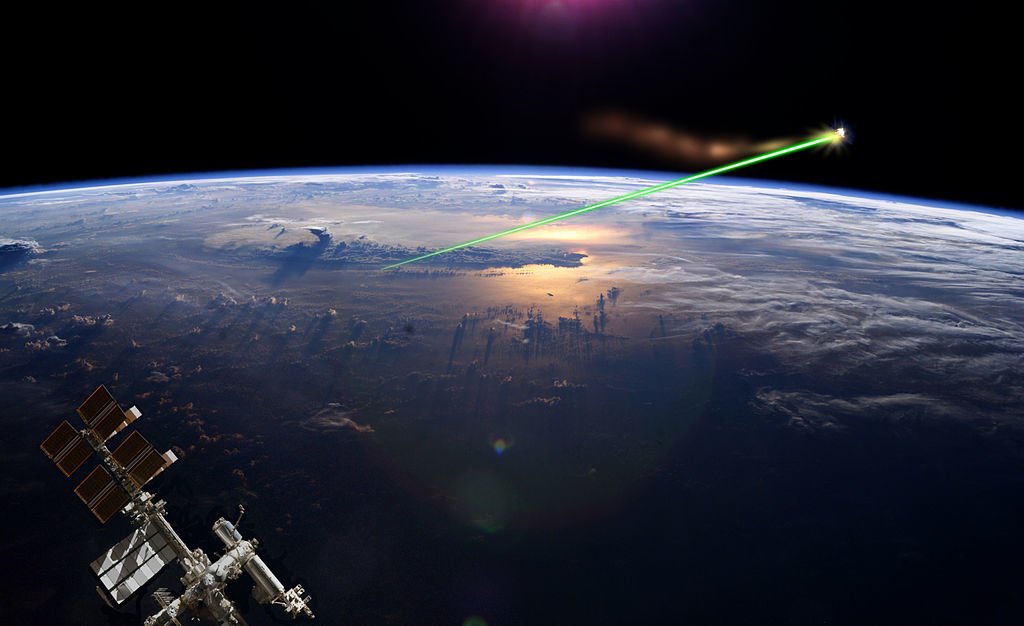Space junk can pose a serious problem to our equipment in outer space as well as here on Earth. While the likelihood of any serious damage from debris floating around is low, it’s still a potential threat that we haven’t yet been able to successfully address. However, a team of Chinese researchers may have come up with a novel new method for dealing with space junk using lasers.
Space Junk
Space junk has been a real issue for quite some time. Whether it’s natural debris floating around in outer space or man-made interference such as the Chinese Space Station that will soon come crashing down to Earth, there’s a decent amount of material that poses a threat both to our equipment in space as well as potentially causing damage if it heads towards the planet’s surface.
Chinese researchers have simulated an orbital laser station that would utilize rapid bursts of light in order to break up very small pieces of debris (under four inches long.) The orbital system would break up space junk by pulsing with 20 bursts per second for two minutes, which would either deflect the junk away from a potential impact or disintegrate it entirely.
While this team of researchers has demonstrated that it’s possible to break up space junk by using an orbital laser, the practicality of implementing such a device is up for debate. One consideration is how many stations would actually be needed in order to make a significant impact on all of the space drink floating around. While realistically we only need to protect a small area, it remains to be seen how effective these orbital lasers would be in practice. There’s also the question of who exactly would build the devices. We all have a vested interest in keeping our space equipment and planet safe, but someone would have to foot the bill for this new technology.
In order to implement this space junk solution effectively, there will no doubt be a large amount of planning required. Additionally, international cooperation is necessary to ensure everything goes off without a hitch.
Protecting Our Spacecraft
While eliminating space junk that is less than four inches long may seem trivial, these numerous small chunks of debris can pose a serious threat to spacecraft. If we can truly implement a way to either deflect or destroy these potential dangers, it may be much safer to make space expeditions moving forward. With how exorbitantly expensive space travel is, an orbital laser to blast space junk may be well worth the investment if it keeps our spacecraft from damage or an untimely demise.
This solution will only work for incredibly small debris, so the out-of-control space station and large asteroids are still a potential issue. Still, the simulation that proves an orbital laser could be effective has major implications for safer exploration of outer space. More research is required to determine how best to launch such a massive project, and all we have now is some proof that it’s theoretically possible, but we could soon see a solution to a problem that has troubled scientists and astronauts for years.





